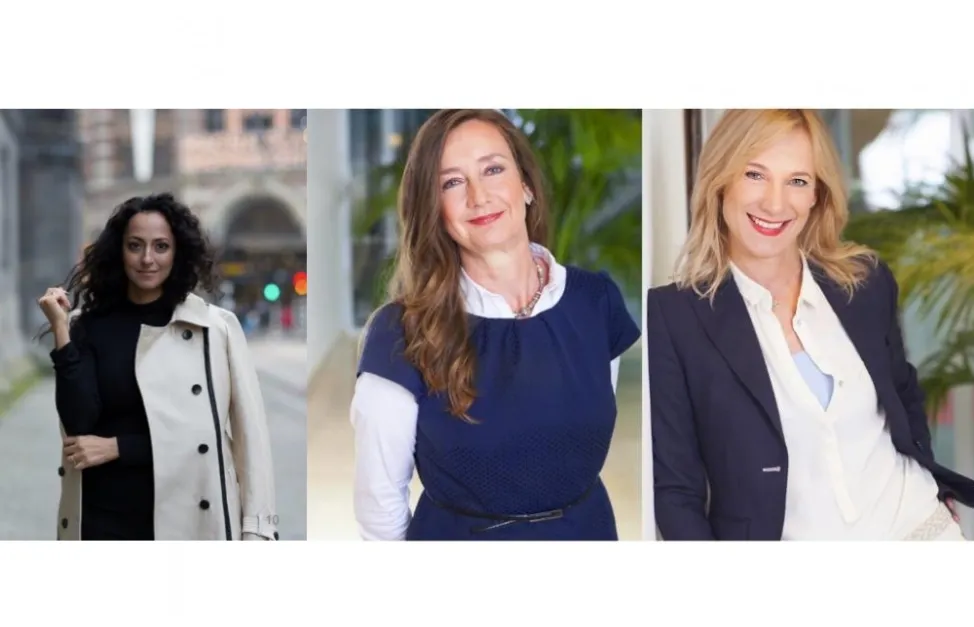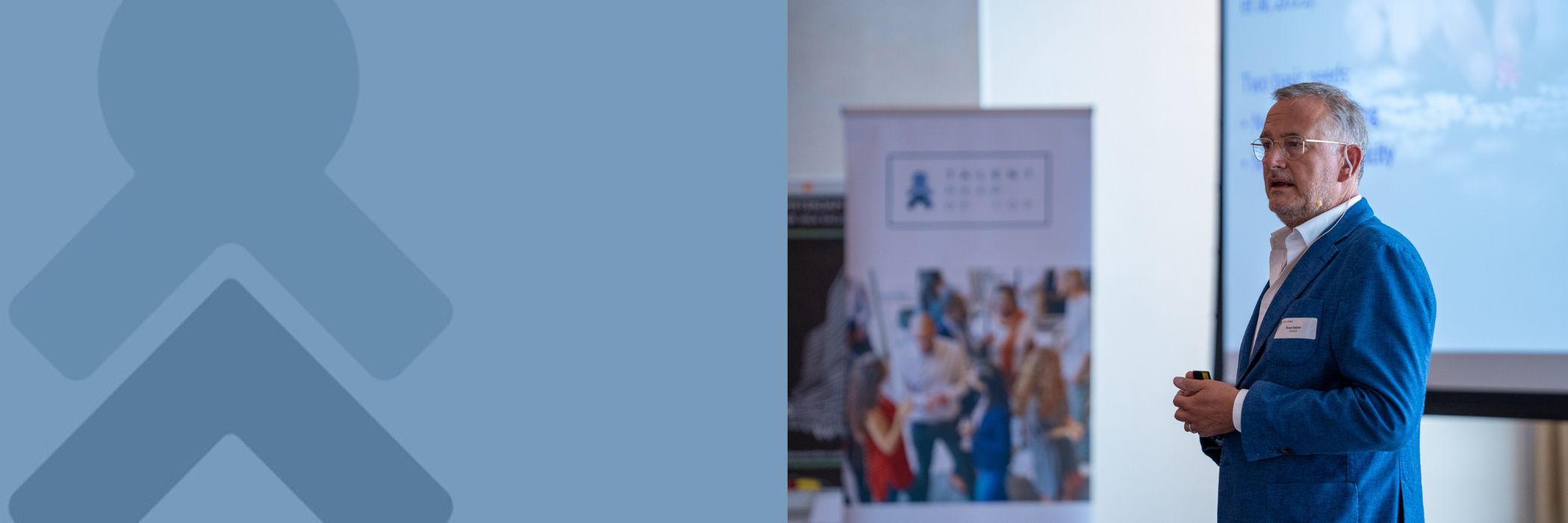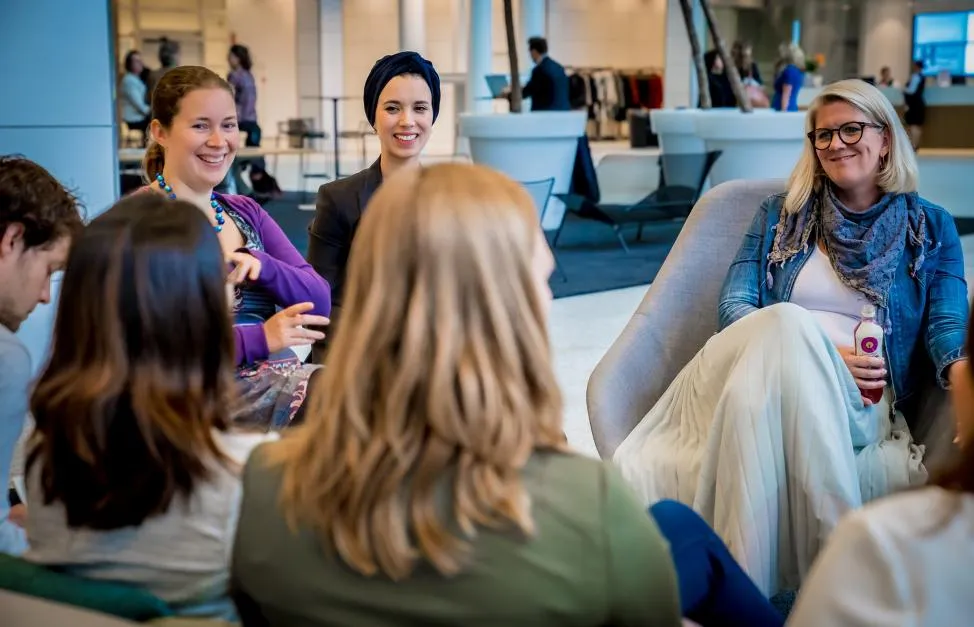Training courses - Diversity & Inclusion
Inclusive leadership and diversity make organisations more successful. Many studies show that modern, successful leaders have and use both masculine and feminine leadership skills. This not only improves diversity, but helps organisations reach their business goals more effectively. To achieve the best possible results with our training courses, we connect theory to practice and understanding to behaviour.
A Masterclass on Diversity & Inclusion
Diversity and inclusion are of great importance for organisations, because more widely varied perspectives lead to better decision-making. D & I is also crucial for the social corporate responsbility of organisations. However, it is not something that happens as if by magic. It requires a clear strategy and excellent leadership. Radboud Management Academy in the Netherlands offers a masterclass about Diversity & Inclusion in close collaboration with Talent naar de Top. This masterclass will quickly and thoroughly provide you with the knowledge and tools you need to address and improve D&I in your organisation. For more information, please visit:
Find out more
Our trainers
We work with excellent and highly-experienced trainers. They are experts at guiding and facilitating a process, but also offer sound and reliable knowledge about D&I issues. This is what makes them unique.
In addition to the well-known Talent naar de Top trainers Hélène Borgman, Sandra Doelman and Gatra Peshtaz we would also like to introduce Marline Williams, Caroline Pickard, Lennert Böhmer & Marieke Visser.
Our training courses are based on the following principles:
- "Everyone is biased” and that makes us human. It’s about making the right interventions and being aware at crucial moments when diversity and inclusion are at stake. This occurs both at formal and informal moments. For example: Who will be allowed to do the fun projects? But also: Who do you naturally share information with more easily?
- There are not only differences between people, but also many similarities. It is good to be aware of visible and invisible diversity. This is knowing that not everybody thinks and acts like you. And at the same time, being aware of the similarities between people that seem so very different at a first glance can be great for forming a connection.
- No diversity without inclusion, but no inclusion without diversity. We all know that you can work very hard as an organisation towards more diversity, but if there is no attention for inclusion it simply won’t work. Employees are leaving again, because they do not feel seen by their colleagues due to all kinds of subtle processes.
- In a group of like-minded people, it is easy to feel seen and recognised and to contribute with your unique skills and talents. So we can only measure the level of inclusion of an organisation or a team with a diverse population
Working with groups on the basis of these principles is highly topical, exciting and inspiring. After all, Inclusion 2.0 is about each and every one of us. This means that every voice will be heard.

